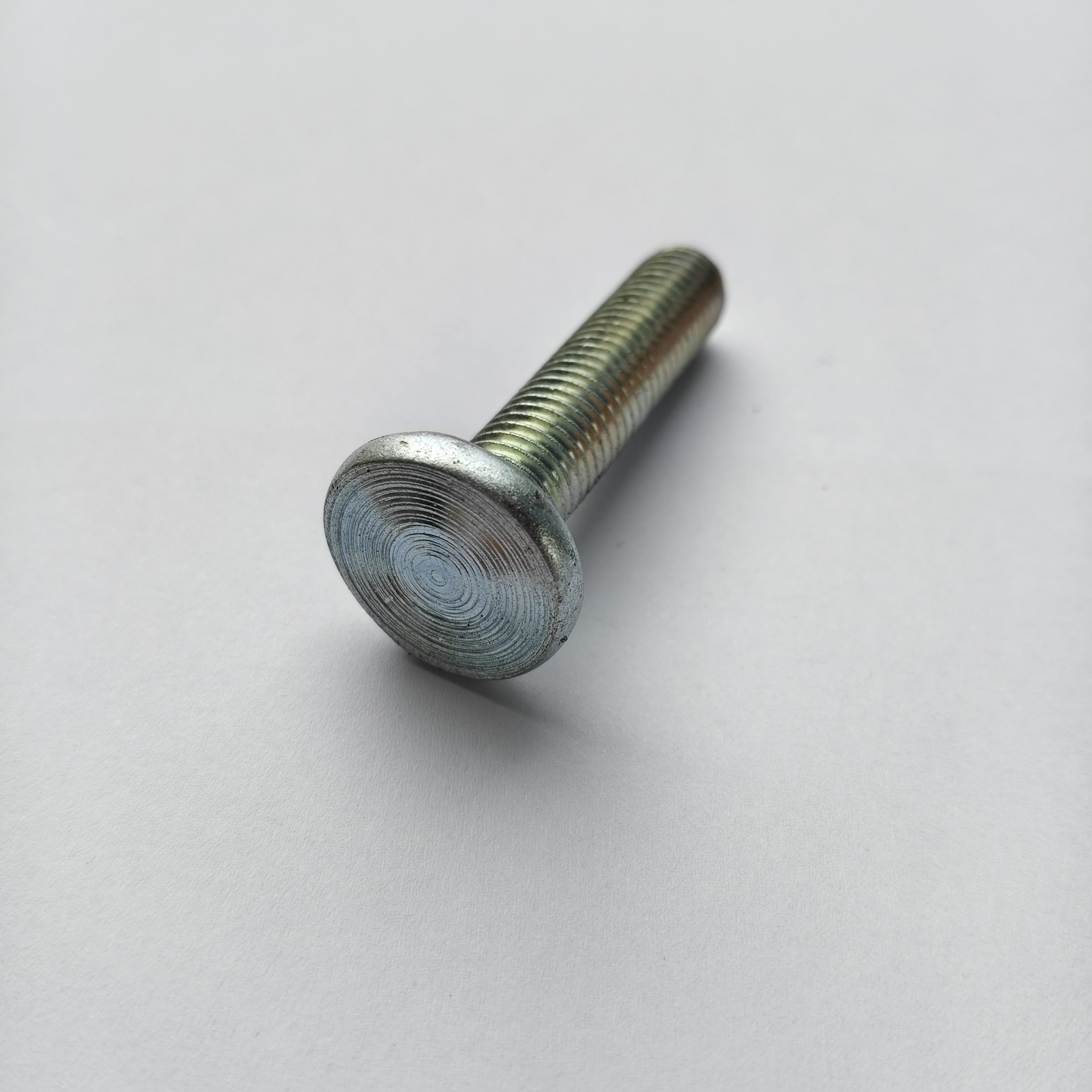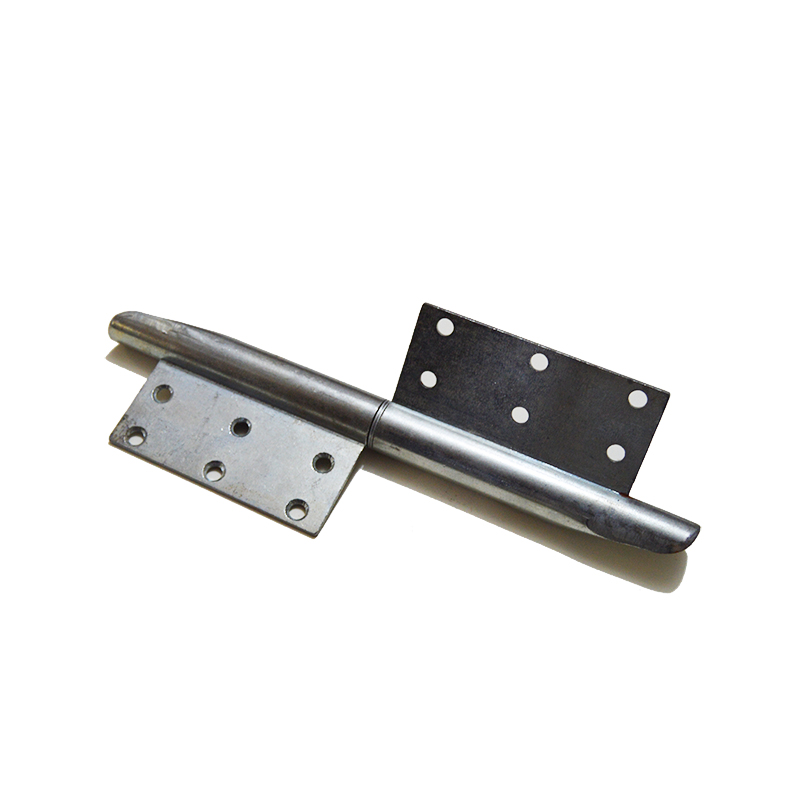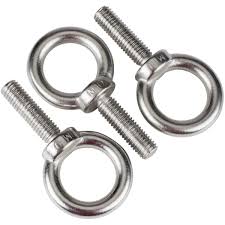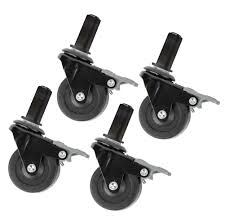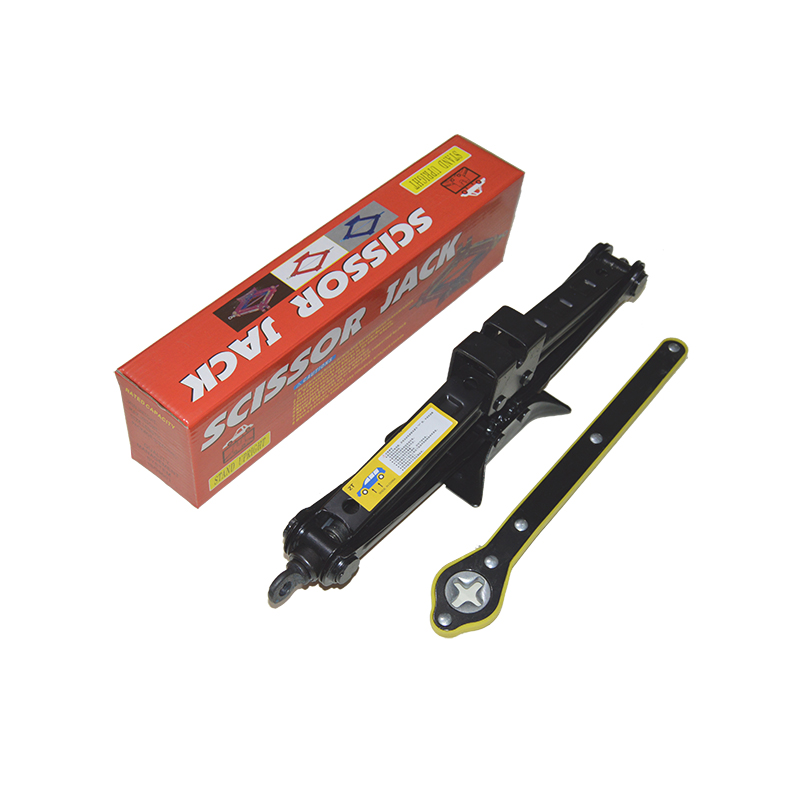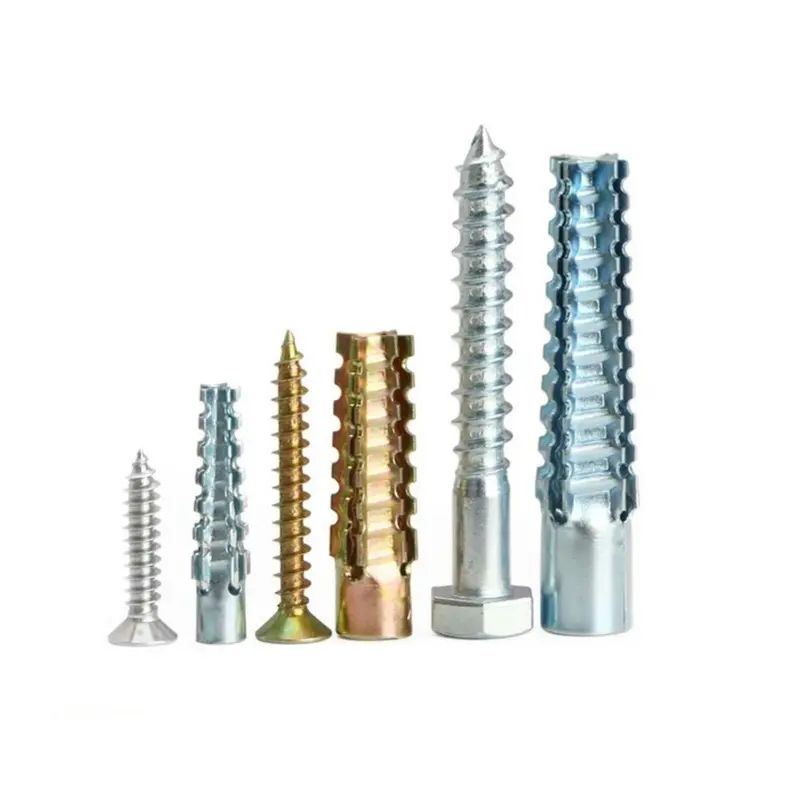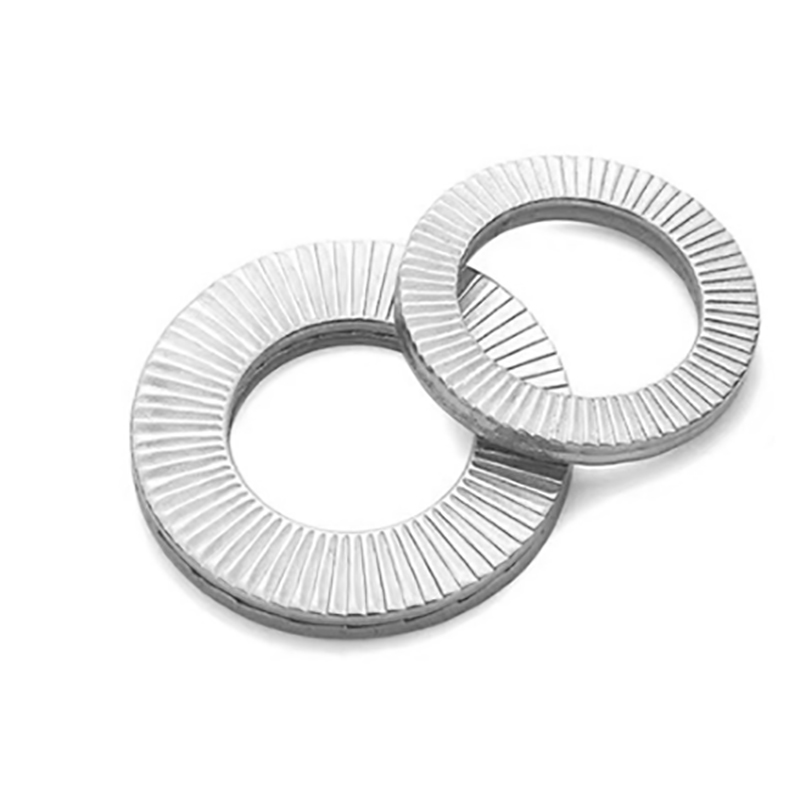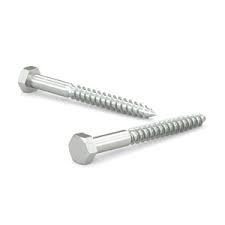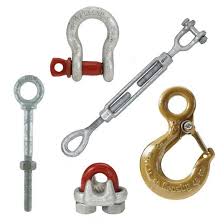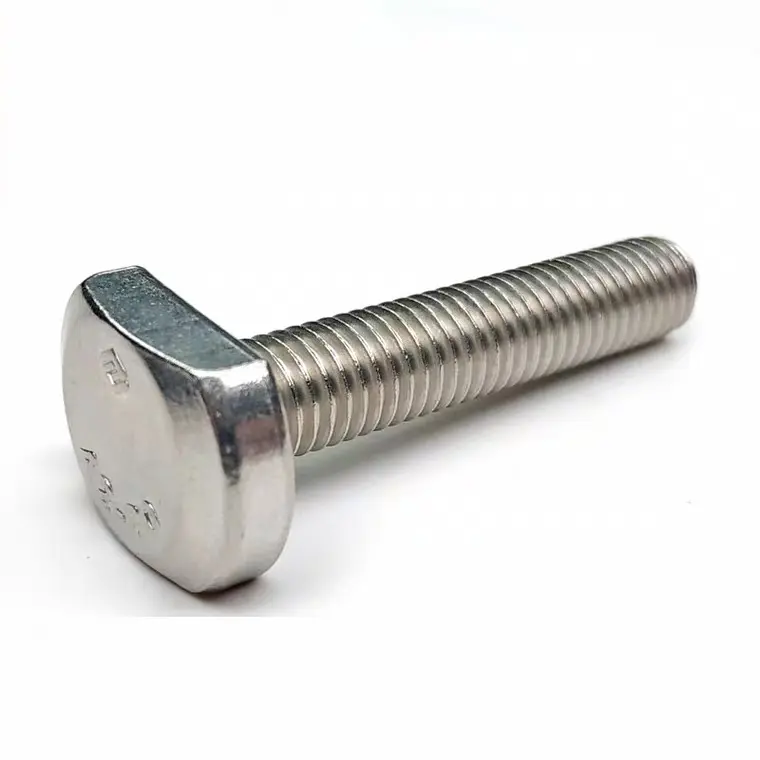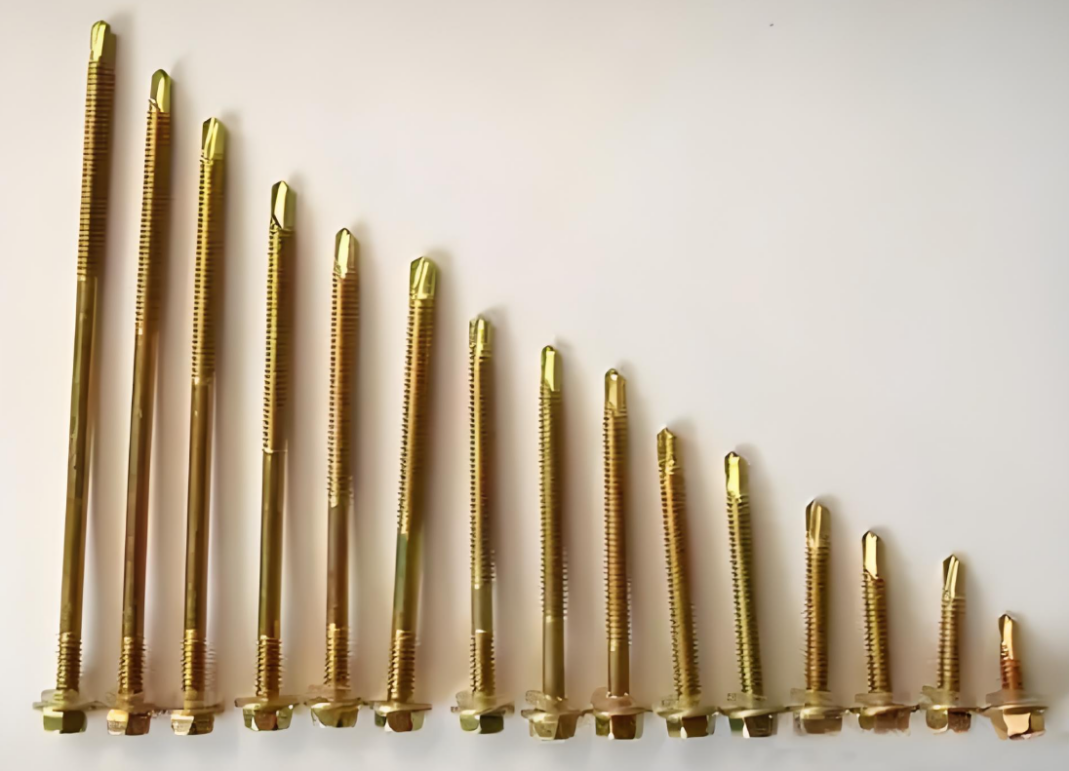

This guide provides a detailed explanation of shims, covering their various types, applications, and the crucial considerations for their effective use. We'll explore different materials, design considerations, and practical examples to help you understand how shims solve alignment and spacing challenges in diverse industries.
A shim is a thin piece of material, typically metal, plastic, or wood, inserted between two objects to fill a gap, create a level surface, or adjust alignment. They're essential in numerous applications, from precision engineering to everyday household repairs. The thickness of a shim can range from fractions of a millimeter to several centimeters, depending on the specific application. Proper shim selection is crucial for achieving the desired result, considering factors like material strength, tolerance, and environmental conditions. The right shim can ensure optimal performance and longevity of mechanical assemblies.
Metal shims are the most common type, offering excellent strength, durability, and dimensional stability. Common metals used include steel, aluminum, brass, and stainless steel. The choice of metal depends on factors such as required strength, corrosion resistance, and thermal conductivity. Steel shims are often preferred for their high strength and durability, while stainless steel shims are chosen for their corrosion resistance in harsh environments. Aluminum shims are lighter and easier to work with. Hebei Dewell Metal Products Co., LTD offers a wide range of high-quality metal shims.
Plastic shims are often preferred for applications where corrosion resistance or electrical insulation is required. They are typically made from materials like nylon, polyethylene, or PTFE, each with its unique properties. For instance, nylon shims offer good mechanical strength and abrasion resistance, while PTFE shims excel in low-friction applications. The choice of plastic material should be guided by the specific application's requirements, considering factors like chemical resistance, temperature tolerance, and mechanical properties.
Wood shims, while less precise than metal or plastic counterparts, are often used in less demanding applications such as carpentry or basic leveling tasks. They are readily available, relatively inexpensive, and easy to cut and shape to fit specific needs. However, wood shims are prone to warping, shrinking, and moisture absorption, limiting their suitability for precision work or harsh environments.
Shims find wide applications across various industries. Here are some notable examples:
Selecting the appropriate shim involves careful consideration of several factors:
| Factor | Considerations |
|---|---|
| Material | Strength, durability, corrosion resistance, thermal conductivity, electrical insulation. |
| Thickness | Precise tolerance required for the application. |
| Shape | Rectangular, tapered, or other custom shapes to fit specific requirements. |
| Size | Surface area required to distribute load evenly. |
Understanding the various types and applications of shims is crucial for numerous industries and tasks. By carefully considering material properties, required tolerances, and the specific application, you can ensure the successful and efficient use of shims in achieving precise alignment and spacing.

